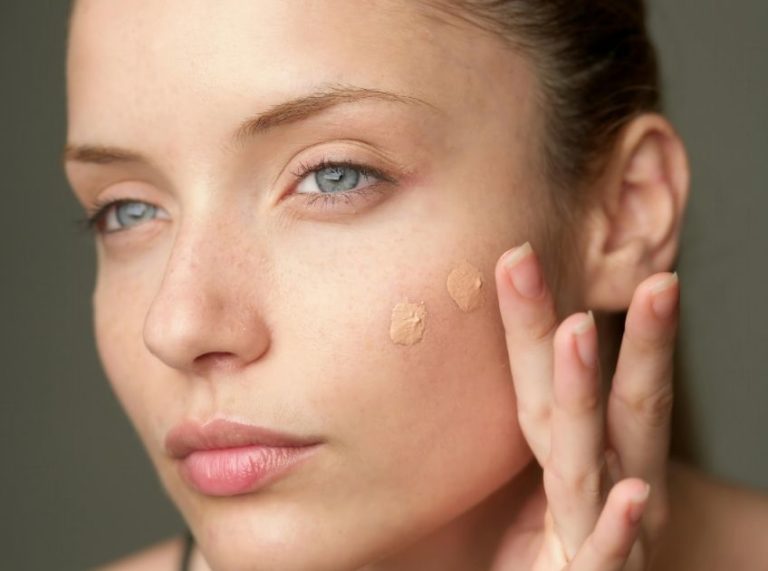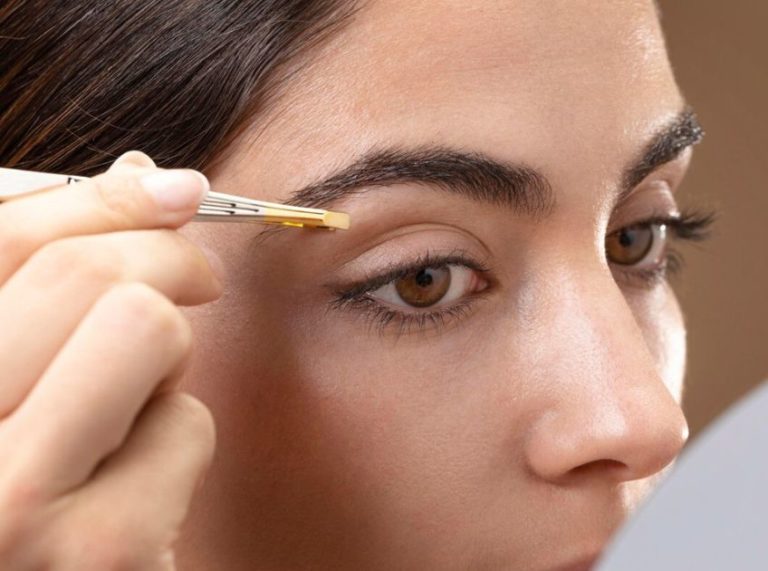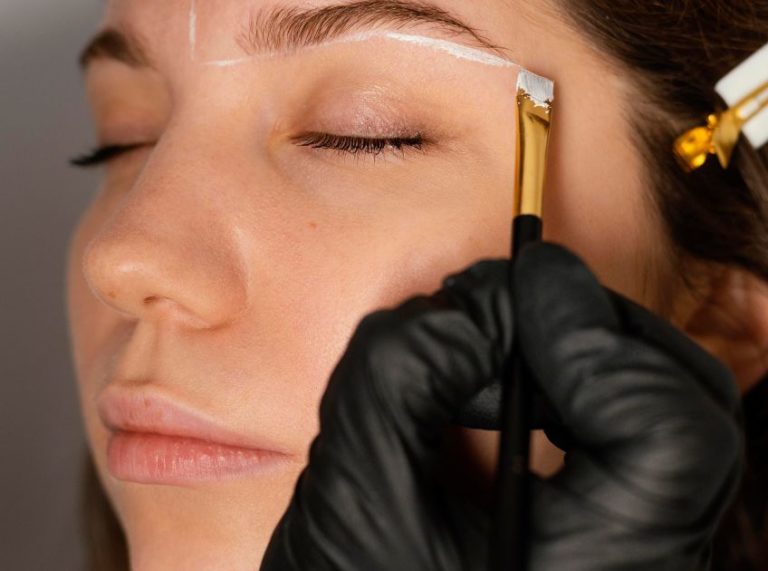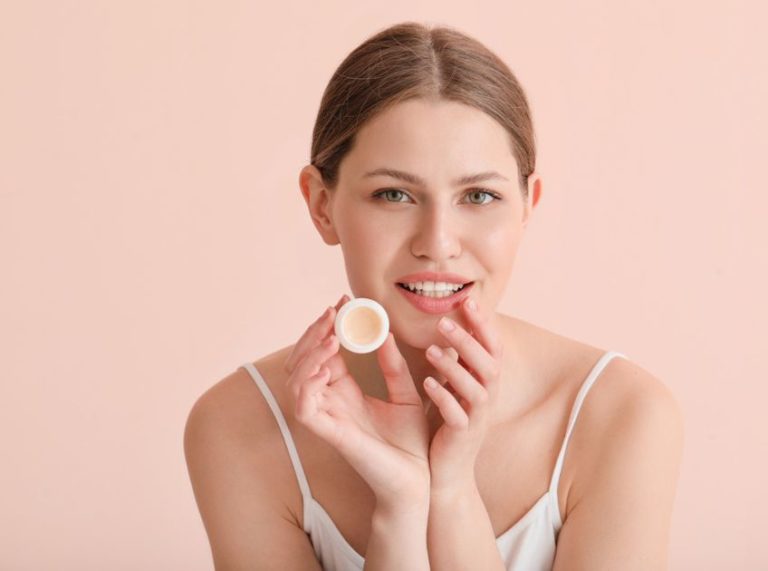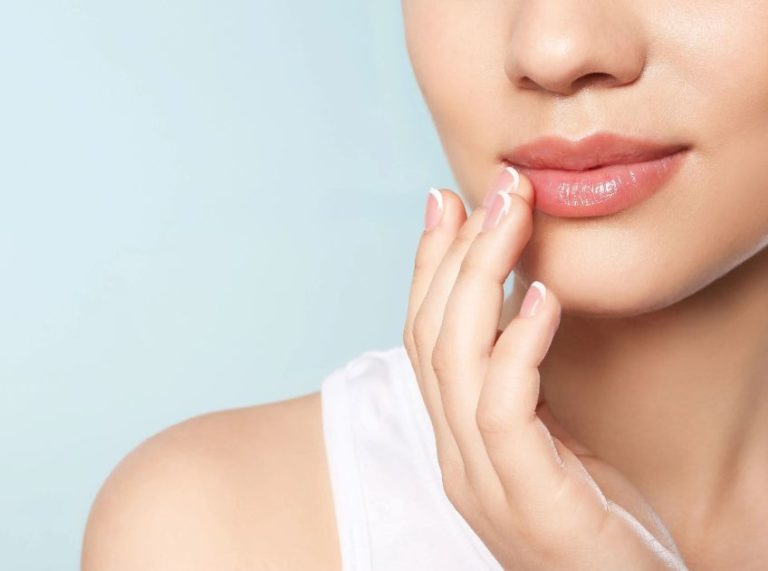
Important: This article is for informational purposes only. Please read our full disclaimer for more details.
Perfectly shaped, fuller-looking eyebrows are no longer just a beauty trend—they’ve become an everyday essential. From celebrities to beauty enthusiasts, eyebrow micropigmentation has become a go-to solution for anyone seeking naturally enhanced brows without the hassle of daily filling and shaping.
But one of the most common questions clients have before booking an appointment is:
“How long does eyebrow micropigmentation actually last?”
In this detailed guide, we’ll break down how long the results typically stay fresh, the science behind pigment retention, aftercare essentials, and factors that can affect the longevity of your brows. Backed by expert insights and relevant studies, you’ll walk away knowing exactly what to expect.
What Is Eyebrow Micropigmentation?
Eyebrow micropigmentation, also known as semi-permanent eyebrow tattooing, is a cosmetic procedure that uses a digital machine to implant pigment into the upper dermal layer of the skin. Unlike traditional tattooing, the pigments used are designed to fade gradually over time, giving you a softer, more natural look.
Unlike microblading, which uses a manual blade to create fine hair-like strokes, micropigmentation relies on a device that deposits pigment using tiny needles. This technique can achieve different effects, including:
Powder brows – for a soft, shaded makeup look
Ombre brows – darker at the tail and lighter towards the start
Combination brows – a blend of hair strokes and powder shading
Because micropigmentation targets a deeper skin layer than microblading but not as deep as a tattoo, the results tend to last longer—typically between 2 to 5 years depending on various factors.
How Long Does Eyebrow Micropigmentation Last?
On average, eyebrow micropigmentation lasts 2 to 3 years before requiring a touch-up. However, several factors can extend or reduce its longevity:
- Skin Type
- Oily skin tends to fade pigment faster.
- Dry or normal skin retains pigment longer.
- Pigment Quality
- Premium organic pigments tend to break down more naturally over time, whereas lower-quality inks may fade unevenly or change color.
- Aftercare Routine
- Proper aftercare—including avoiding sun exposure, saunas, and exfoliants—can significantly prolong results.
- Lifestyle Habits
- Swimming, tanning, and frequent exfoliation can cause faster pigment fading.
- Touch-Up Sessions
- A 6–8 week touch-up after your first session ensures pigment retention. Afterward, annual refreshers help maintain color vibrancy.
Scientific Backing
According to a study published in the Journal of Cosmetic Dermatology (2022), semi-permanent makeup like micropigmentation typically lasts 24 to 36 months on average, depending on skin type, pigment quality, and environmental exposure (1)(2). This aligns with real-world experiences reported by leading cosmetic practitioners.
Tips to Make Eyebrow Micropigmentation Last Longer
1. Follow Proper Aftercare Instructions
The first 7–10 days post-procedure are critical. Avoid touching, scratching, or wetting your brows excessively. Use only the recommended healing ointments to prevent pigment loss.
2. Protect Your Brows From Sun Damage
UV exposure is the number one culprit for pigment fading. Apply broad-spectrum sunscreen (SPF 30 or higher) once your brows are healed.
3. Avoid Harsh Skincare Products
Products containing retinol, glycolic acid, or salicylic acid can prematurely fade pigments. Keep these away from your brow area.
4. Schedule Regular Touch-Ups
Even though the results last for years, experts recommend annual maintenance sessions to refresh pigment and shape.
Eyebrow Micropigmentation vs. Microblading Longevity
| Factor | Micropigmentation | Microblading |
|---|---|---|
| Technique | Digital machine with fine needles | Manual blade creating hair strokes |
| Skin Depth | Upper dermis | Epidermis |
| Longevity | 2–5 years | 1–2 years |
| Fading Style | Gradual, soft fade | May blur or fade patchily |
| Ideal For | All skin types | Best for dry/normal skin |
If you want longer-lasting results with fewer touch-ups, micropigmentation is the better choice.
Potential Side Effects & Safety Considerations
While eyebrow micropigmentation is generally safe when performed by a certified professional, some risks exist:
- Mild swelling and redness for 24–48 hours
- Temporary scabbing during healing
- Rare allergic reactions to pigments
Choose a licensed, experienced technician and ask about their sterilization practices. According to the American Academy of Micropigmentation, ensuring proper hygiene standards reduces complications significantly.
Frequently Asked Questions (FAQ’S)
1. Does eyebrow micropigmentation look natural?
A. Yes! When done by a skilled technician, micropigmentation blends seamlessly with your natural brow hair and skin tone. Techniques like powder brows and ombre brows create soft, shaded effects that mimic natural makeup.
2. Can I remove micropigmentation if I don’t like the results?
A. Yes. Options like laser removal or saline pigment lifting can help fade or remove unwanted results. However, choosing a certified expert drastically reduces the likelihood of dissatisfaction.
3. Is eyebrow micropigmentation painful?
A. Most clients report only mild discomfort. Technicians typically apply a topical numbing cream to minimize pain. Sensitivity varies by individual, but the procedure is generally well-tolerated.
Eyebrow micropigmentation offers a low-maintenance, long-lasting solution for anyone seeking fuller, natural-looking brows. With proper aftercare, most people enjoy their enhanced brows for 2 to 5 years before needing a refresher.
